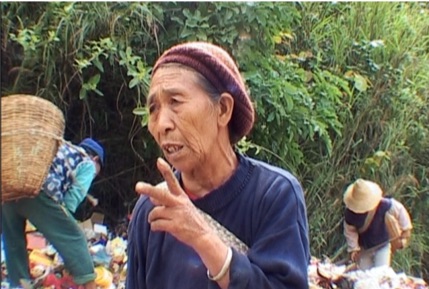Demonstrates that it is possible to rehabilitate large-scale damaged ecosystems,…
Lessons of the Loess Plateau
- Description
- Reviews
- Citation
- Cataloging
- Transcript
View on The Global Environmental Justice site
Curator
This film and its companion Hope in a Changing Climate were selected by Cinzia Fissore, Associate Professor of Biology and Environmental Science, Whittier College
Teacher's guide
Please see the teacher's guide for background info, suggested subjects, questions and activities and a discussion of the environmental justice focus of this film.
Synopsis
The Loess Plateau in north-central China is a large, hilly, semi-arid region roughly the size of Afghanistan. Thousands of years of farming, which intensified during the Cultural Revolution, left the former grasslands degraded and eroded. Food production was down, waterways filled with silt and air in faraway cities suffered from sandstorms born on the Loess Plateau. The fact that the local population had reached some 50 million people made the problems worse. Something had to be done. A massive project, funded by China's government with support from the World Bank hired local villagers to restore the ecosystem of the Loess Plateau in an area the size of Belgium, transforming the land and improving community health. Kathleen Buckingham Beyond Trees: Restoration lessons from China's Loess Plateau.
"Woefully under-publicized, the $500 million enterprise transformed an area of 35,000 square kilometers on the Loess Plateau — roughly the area of Belgium — from dusty wasteland to a verdant agricultural center. The result of careful terracing, replanting of native vegetation and restrictions on grazing, the rejuvenated land now supports a thriving local agricultural economy. Even better, the new vegetation reduces flooding and dust storms by anchoring the region’s soil and is becoming a large carbon sink. ” -- Paul Mozur, NY Times 9 Dec 2009
Related Films
Seen through the eyes of activists, farmers, and journalists, Waking the…



